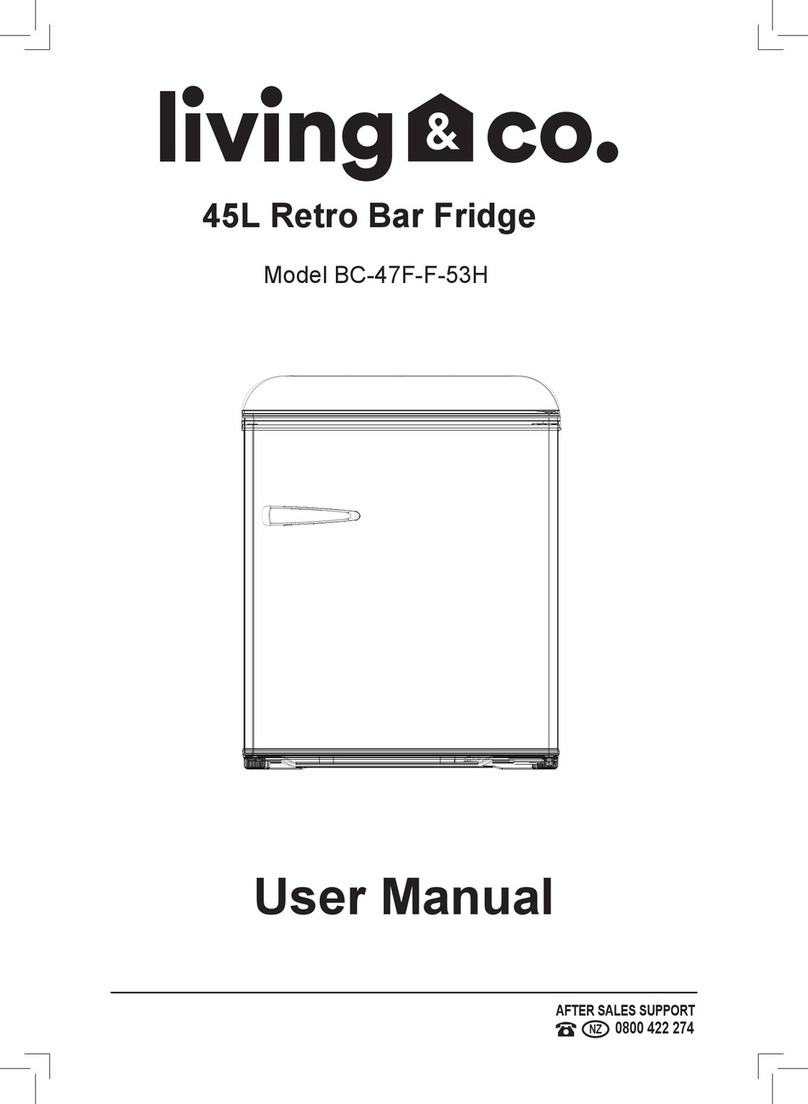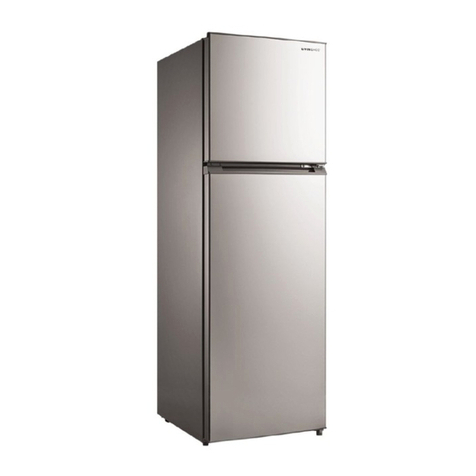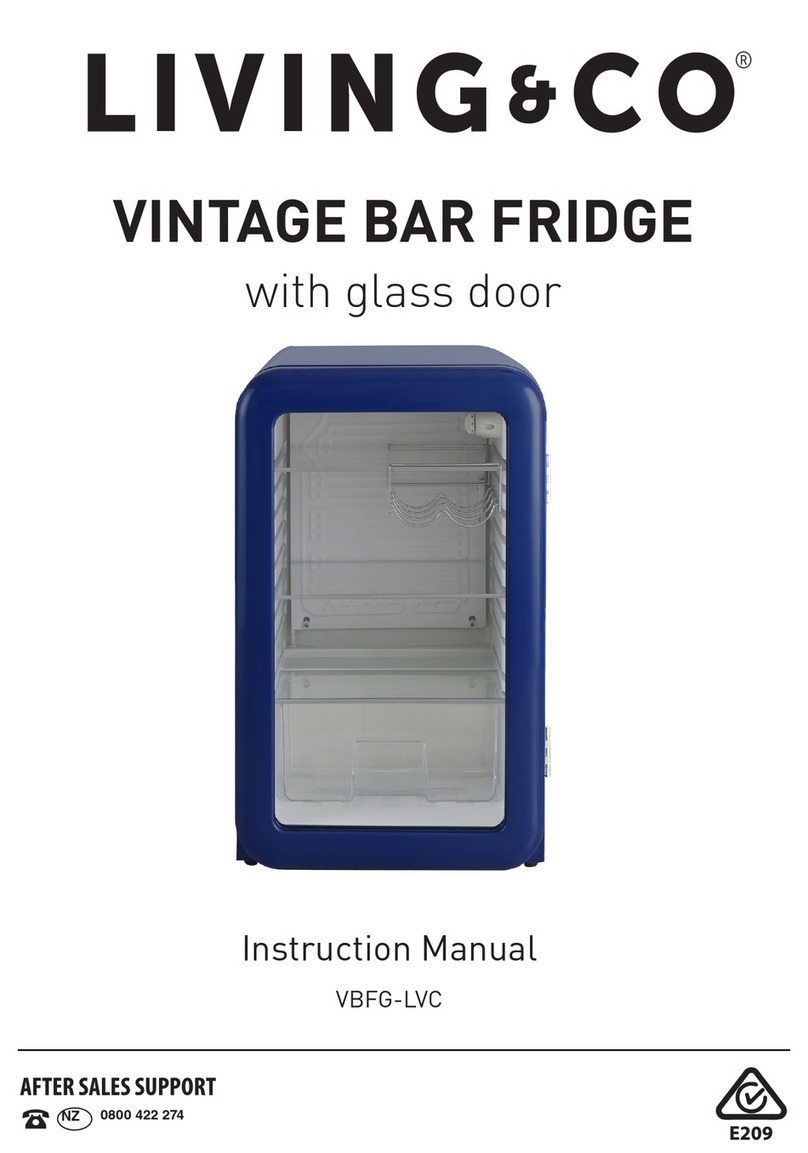
4
0800 422 274
NZ
To reduce the risk of fire, electric shock or injury, always follow basic safety precautions
and accident prevention measures when using this appliance, including the following:
Electrical safety
• Voltage: Plug the appliance in a 220-240V, 50Hz, properly earthed power outlet,
which must be in good working order. Make sure your outlet voltage and circuit
frequency correspond to the voltage stated on the appliance rating label.
• Power connection: Do not use an adaptor; do not use an extension cord. Plug
the power plug directly into a separate power point that cannot easily be turned off
accidentally, and that is easily accessible so you can switch it off when required.
• Power cord: Do not kink or damage the power supply cord. Do not leave it exposed
or dangling. Secure it behind the appliance so no one steps on or places anything
on the power supply cord or against it. A squashed or damaged power plug may
overheat and cause a fire.
• Damaged cord: Do not use a cord that shows cracks or abrasion damage along
its length or at either end. Any damage to the cord may cause a short circuit, fire
and/or electric shock. If the power cord is damaged, it must be replaced by the
manufacturer or its service agent.
• WARNING! The light bulb supplied with this appliance is a special use bulb, which
is only suitable for use with this appliance, it is not usable for domestic lighting. Do
not operate the appliance without the lamp installed. Do not touch the light bulb if it
has been on for a long period of time, as it could be very hot.
• Disconnection: Never unplug the unit by pulling the cord. Always grip the plug
firmly and pull straight out from the power point.
• Electrical work: If the installation of this appliance requires any electrical work,
make sure it is carried out by a qualified electrician.
General Safety Instructions (Cont.)
Installation
• Heavy: This appliance is heavy, take care when moving it. To avoid back or other
injury, consider a two person lift or mechanical aid when installing it. Failure to do so
can result in back or other injury.
• Damage: When unpacking, check the appliance carefully for damage. If it is
damaged, do not install the appliance.
• Protect from moisture: Install the appliance in an indoor area protected from wind,
rain, water spray or drips.
• Protect from heat: Do not install it next to an oven, grill or other source of high
heat, or where it will be exposed to direct sunlight for prolonged periods of time.
• WARNING: Ventilation: To ensure proper ventilation, keep any ventilation openings,
in the appliance enclosure or in the built-in structure, clear of obstructions. Ensure
adequate air circulation around the appliance to prevent overheating.
• Level: Install the appliance level in order to ensure proper operation.


































